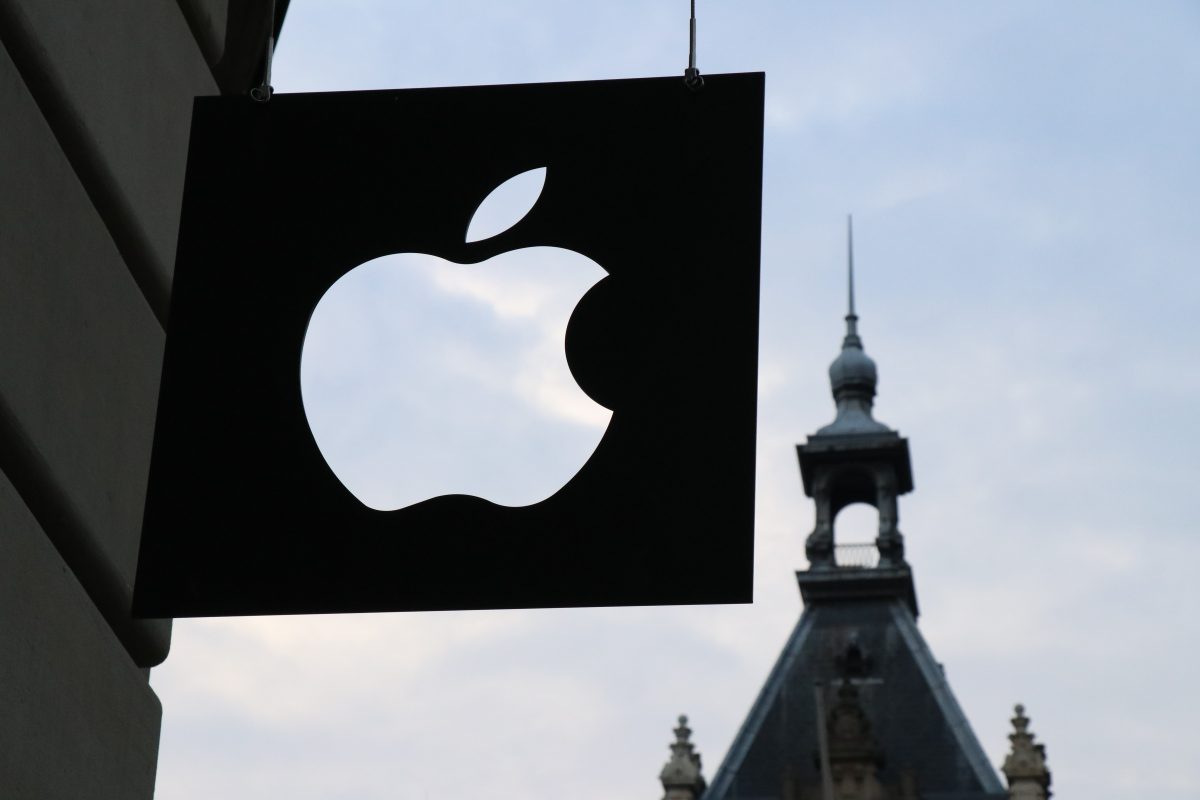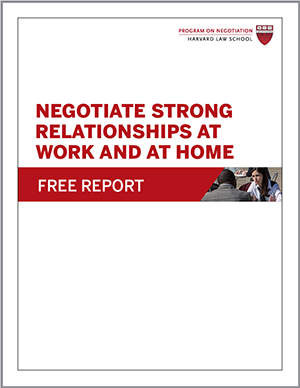
When dealing with a difficult counterpart, it helps to take a conciliatory approach to the bargaining table. While apologies necessarily involve moments of vulnerability, they can also open doors to value creation and strengthen the relationship you have with your bargaining counterpart. Let’s look back at Apple’s apology in China for its maligned warranty policies as it provides an excellent example of how to overcome cultural barriers in communication. In April 2013, Apple CEO Timothy D. Cook made the unusual move of apologizing to Chinese customers for his company’s warranty policy and promised to make amends, The New York Times reports.
On International Consumers’ Day in China, the nation’s largest state-run television network criticized Apple for giving iPhone customers in China a one-year warranty, less than the two years required under Chinese law, and for charging consumers about $90 to replace faulty back covers on iPhones.
Other state media outlets joined in the Apple bashing, and the public outcry grew. China’s Industry and Commerce agency called for “strengthened supervision” of Apple’s activities in China. Chinese celebrities seemed to engage in a coordinated effort to pan the American company.
How to Overcome Cultural Barriers in Communication: The Value of a Public Apology
The complaints against Apple coincided with pressure from the Obama administration on China to address computer hacking attacks on American companies, the Times reports. Some speculated that the complaints were a calculated campaign by the Chinese governments to boost Apple’s Chinese competitors. Apple products are immensely popular in China; the company earned $20 billion in revenues in China in the same year.
Apple initially failed to respond to the accusations against its warranty policies. Then, in an open letter released in Chinese, Cook admitted that his company’s lack of communication had led to the perception that “Apple is arrogant and doesn’t care or value consumers’ feedback.” The letter continued, “We sincerely apologize for any concern or misunderstanding this has brought to the customers.”
Speaking to the Times, Santa Clara law professor Anna Han called the public apology a “very Chinese thing to do” and predicted that Apple’s apology and promises to do better would “take the wind out of the [Chinese] government’s sails.”
In a 2009 negotiation research article, Professor Elizabeth A. Nowicki of Tulane University Law School suggested that, contrary to the conventional wisdom that your opponents in a dispute will use your apology against you, sincere, well-timed apology can actually be the key to keeping you out of court.
Nowicki found in a review of research on legal disputes that apologies can improve the odds of a settlement, reduce costs, save time, and decrease the fallout from damaged reputations and relationships. We described Nowicki’s research in detail in the article “Why Your Lawyer Could Be Wrong About Apologies” in the June 2010 issue of the Negotiation newsletter.
Carefully delivered apologies appear to restore dignity and trust in a way that sheer financial compensation cannot. This may be especially true in Asian countries where apologies are a time-honored tradition.
In more recent experiments, Professor William W. Maddux of INSEAD and his colleagues studied reactions to cultural barriers and apologies in the United States and Japan. The results suggest that in a collectivist culture like Japan’s, an apology can be an especially effective means of alleviating cultural barriers and conflict regardless of whether the apologizer is to blame.
What kind of cultural barriers in communication have you encountered? Share your experience in the comments.
Originally published in July 2013.





This article is just the opening step on a long and very important conversation. I wish the apology letter could be shared with us, so we can understand the nuances of preparing an apology for the Chinese culture…We could go beyond the “it is positive to have a public apology” to: how do we do it? what are the elements contained? time and manner of delivery? etc. I do believe that in conflict resolution we have progressed enough as to move from generalities to detailed prescription with a discussion of what works and what does not work where.